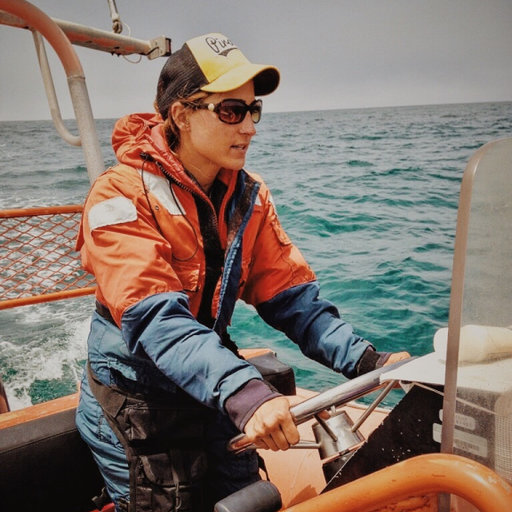
Register Here (free)
Date/Time: February 19, 2020 at 2 pm Pacific / 5 pm Eastern
Presented by: Samara Haver, Ph.D candidate at Oregon State University; Angela R. Szesciorka and Vanessa ZoBell, Ph.D. candidates at Scripps Institution of Oceanography
Description: Acoustic signals travel quickly and efficiently over long distances in the aquatic environment; thus, sound has become the principal sensory modality used by many marine animal species. This is particularly true for acoustically oriented marine mammals that rely on sound to communicate, perceive their environment, detect and avoid predators, forage for food, and navigate. Passive acoustic monitoring (PAM) is used to measure, monitor, and determine the sources of sound in underwater environments, enabling scientists to eavesdrop on the acoustic behavior of marine animals (e.g., whale song, fish chorusing, snapping shrimp), natural abiotic sounds (e.g., wind, earthquakes), and human generated sounds (e.g., cargo vessels). By utilizing PAM tools in national marine sanctuaries, researchers are able to collect data to answer questions about these valuable marine habitats and provide important condition information to managers and policymakers. In this webinar, three Ph.D. candidates that are NOAA Dr. Nancy Foster Scholars will discuss current PAM research efforts taking place in some of California’s national marine sanctuaries.

